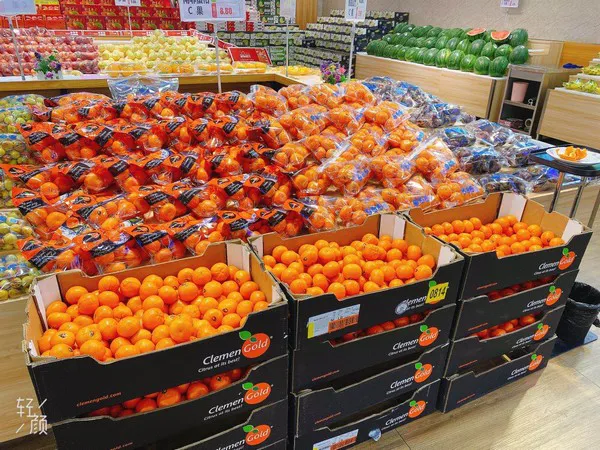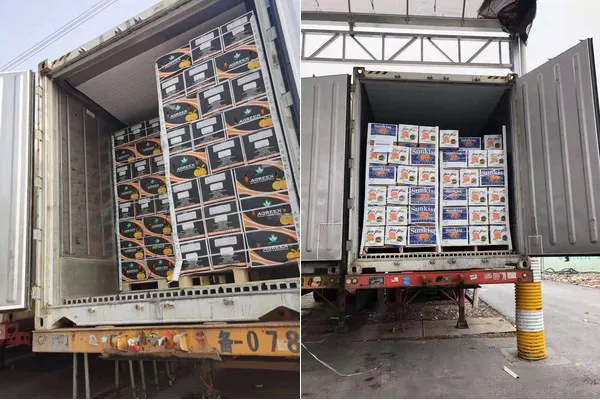The variety of domestic fruit on the Chinese market increases as the weather gradually grows warmer. The market demand volume is huge. Many varieties of imported fruits are currently in their off season, but the sales volume of import oranges has recently been rather large. US oranges and Egyptian oranges are already near the end of their sales seasons, but oranges from the southern hemisphere are about to arrive on the market. Manager Zhang Tianyi, spokesperson for the import trade at Sango, recently looked back on the orange season in the northern hemisphere and made predictions for the upcoming orange season in the southern hemisphere.

Manager Zhang first looked back on the orange season in the northern hemisphere. "Market conditions were quite alright when oranges just entered the market, but from the middle of April onward traders saw their profit margin decline until they barely broke even," explained manager Zhang.
"First, the product quality of US oranges is difficult to control because their shipping period is very long. Many of the oranges have gone bad by the time they reach China. And only a single rotten orange can quickly ruin the entire box. In short, the product quality this season was not uniform. Second, US ports experienced serious congestion this year. Products piled up because of congestion and then arrived on the market at the same time, which had an impact on their market price. As for Egyptian oranges, this season the production volume expanded, but the product quality was common. The market price was relatively low. Other than that, the production volume of domestic oranges doubled, which put a lot of pressure on import oranges."
"The oranges from production areas in the southern hemisphere are about to enter the Chinese market. South Africa and Peru have been able to corner the market in the last few years. This year both countries enjoy abundant harvests, and last year their sales conditions were quite good. Many people are likely to look for their products this year. The oranges from Chile are somewhat inferior compared to oranges from Peru and South Africa. First, the long transport distance adds to the cost price and takes away the price advantage.
"Furthermore, there is only a brief window of opportunity in the Chinese orange market, and the market can only absorb so much. And finally, Chinese consumers are not that familiar with oranges from Chile. Only the W.Murcott is well known. That is why the import volume of Chilean oranges has never been large," said manager Zhang.
"Australia, however, has different difficulties. The relationship between China and Australia has been strained this year. many traders have temporarily stopped importing fruit from Australia to avoid financial risk. However, there is always market demand for Australian fruit, so a small volume still finds its way onto the Chinese market, but the price is very high."

Although Sango was only recently established, manager Zhang already has a unique viewpoint on the import market. "First, I think that it is important to connect with suppliers in different production areas to set up supply chains for every production area. Second, product quality control is key.
"Many production areas have set their sight on the Chinese market. The import volume grows every year. Under these circumstances we only have to pay attention to high product quality, and then we will stand out. There is a saying, 'when others don't sell it, we sell it; and when others sell it, we sell better quality'. That is how we stand out in the market. Only when many importers in the market are able to follow this saying, then the differences between companies grow smaller. That is when large-scale companies have a competitive advantage. We are working closely together with suppliers to invest in production areas and expand our business. That is how we reduce the cost price per product and gain an advantage over smaller companies."
Sango primarily imports fruit from South America, Oceania, and Africa. The company team hopes to expand their activities in other areas as well and set up new supply chains, especially with suppliers in North America.
For more information:
Zhang Tianyi - Manager
Sango
Tel.: +86 13951737818
E-mail: tim_zhang@sangofruit.com
